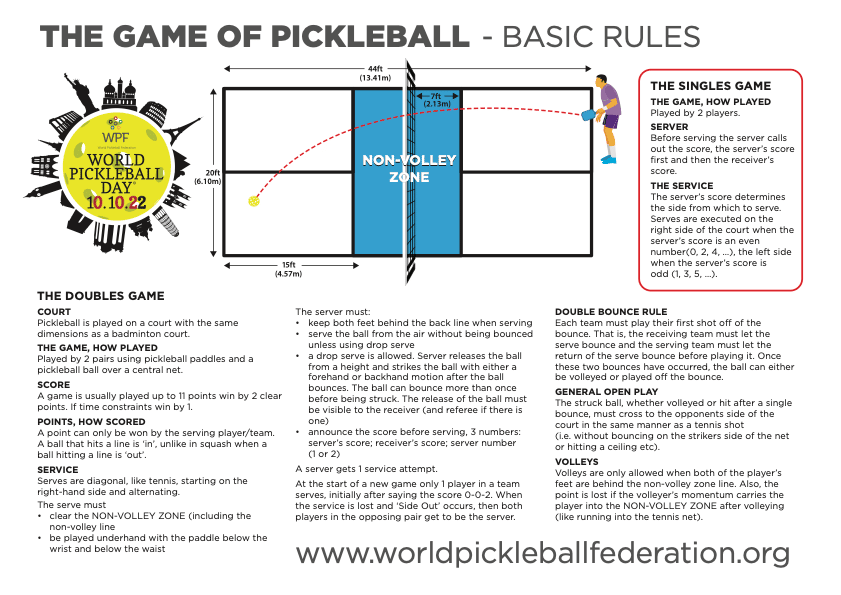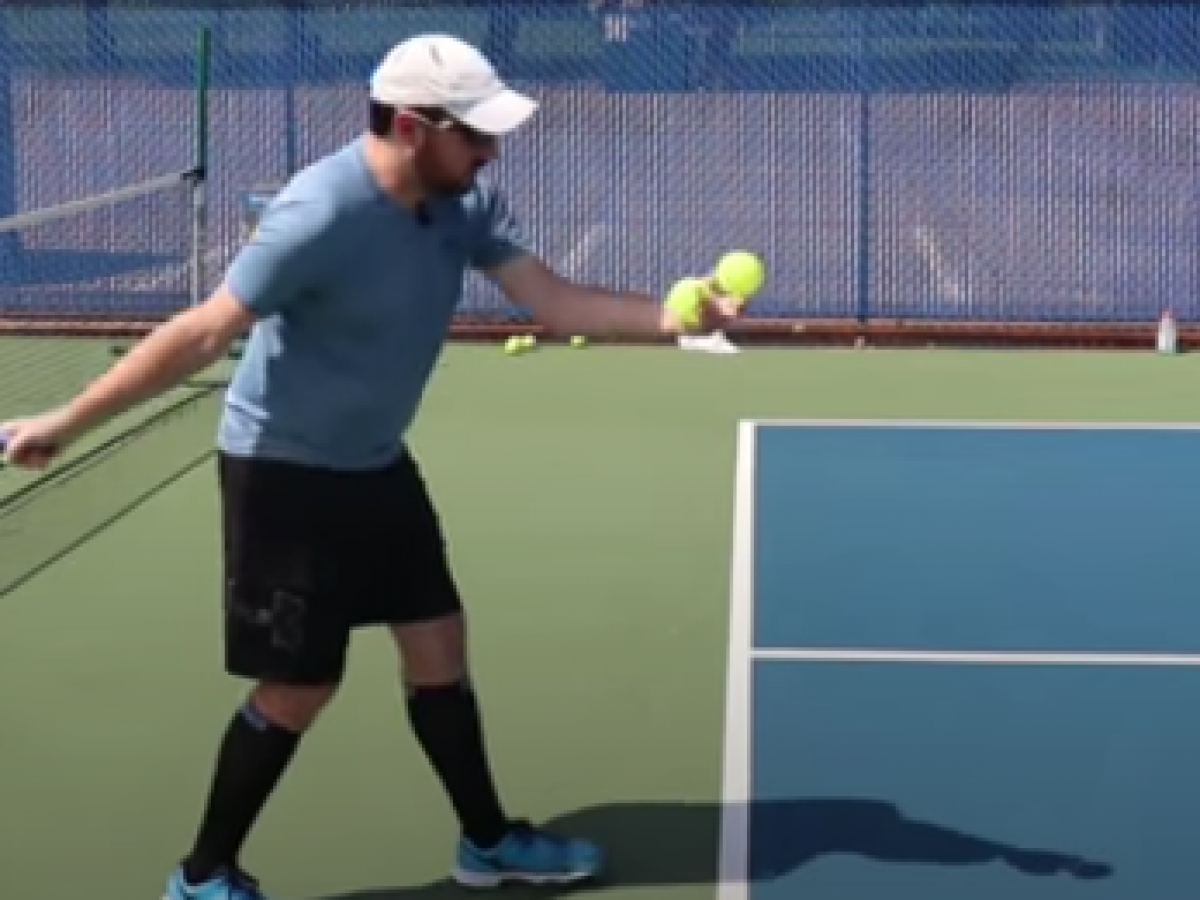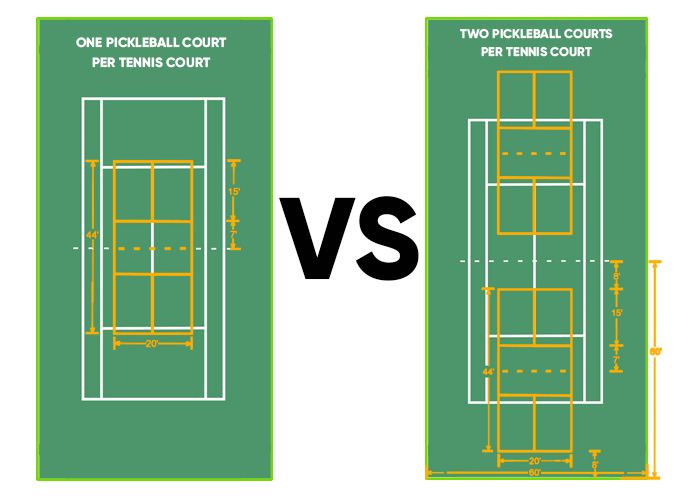
Handball is a contact sport. It combines speed with skill, agility, and stamina. It is played in a court with a central goal on each end. International Handball Federation governs the game. They also organize tournaments and the men’s international championship. The most popular federations in the IHF's 197 member countries are those from East Asia and North Africa. A total of 795,000 teams play handball worldwide.
Indoors is the most common venue for this sport. There are seven players in a team. Two referees oversee the games, and players are given yellow cards. A red card can be issued for an infraction. The player will be sent home. Players are prohibited from touching the ball or trying to kick it.
Handball can be played on a 40x20-metre court. The ball, which is made of leather and spherical in shape, must be used with one hand. The goals are attached to a wall and bolted down to the floor. Each team has a goalkeeper, who must stand within a 6-metre radius. Only the goalkeeper may touch the floor in the goal area.

Handball is a sport that can be played by anyone of any age. Clubs are often used to organize teams. Play is split into two 30-minute segments. Two equal referees will judge the match. When there is an infringement, the referee can award a penalty-throw. Referees must be able base their decision on facts. This is a tough decision, as the rules are quite strict. A referee may either punish the offender or give a red card (dismissal) depending on the severity of the offense.
Handball's first rule is to keep your ball within six metres of the line. The possession of a handball player is forfeited if the ball crosses beyond the six metre line. You must only bounce the ball one time. The ball must be thrown against the goal of the opposing side.
A player can only make one goal attempt in a game. A player is likely to shoot over the head of a defender. If the shot hits goal, the referee lowers its/her hand. The referee then gives the player his/her free hand to score.
If a player jumps in the goal area, and the ball is knocked across the goal line by a defender, the attacking team takes the corner. The throwing side gets a throw-in if the defending player kicks or kicks the ball beyond the goal line. The defending player must keep at least three metres from the person about to receive the throw-in.

Handball is one of five continent's most popular and fastest-paced Olympics games. The sport is now very popular in South America. The sport began on grass and evolved to indoor play. While most of the major leagues are in Europe, handball can also be played in North America and parts of Africa.
FAQ
How nutrition and exercise can make your life better.
Exercise can help you lose weight, gain muscle mass and reduce stress. Nutrition is crucial for your energy, mood, health, and sleep. If you want to live longer, eat less meat, drink alcohol moderately, avoid smoking, and do regular physical activity.
How many hours sleep should I get each night?
The amount of sleep that is recommended for each individual depends on their age, gender and needs. Most adults need between 7 and 9 hours of sleep per night. Teenagers and children need approximately 10 hours of sleep per day, although this number decreases with age.
What are resistance training exercises?
Resistance training uses weights or other objects to perform certain movements. Lifting weights will strengthen your arms. Resistance training increases muscle mass, bone density, and overall strength.
What does nutrition do to your body?
Your body functions properly when you have the right nutrition. It is important to eat a balanced diet, rich in fruits and veggies, lean proteins, whole grain, and healthy fats.
Is exercise good for me?
Yes. Yes. Regular exercise can help you lose weight and burn extra calories. You can also increase your metabolism, which means you will continue to burn calories even if you don't exercise.
Statistics
- Physical activity confers the following maternal and fetal health benefits: a decreased risk of pre-eclampsia, gestational hypertension, gestational diabetes (for example, 30% reduction in risk) (who.int)
- In 2018, the World Health Assembly agreed on a global target to reduce physical inactivity by 15% by 2030 and align with the Sustainable Development Goals. (who.int)
- One study showed that adults who watch more than 4 hours of television daily had an 80% higher risk of death from cardiovascular disease. (heart.org)
- Globally, 81% of adolescents aged 11-17 years were insufficiently physically active in 2016. (who.int)
External Links
How To
How to Burn Belly Fats Faster
When we are trying to lose weight, belly fat is often seen as a problem. It's actually a good thing, in fact. It's the amount of fat stored around your stomach that protects your organs from getting damaged. Let's look at how to rapidly lose belly fat.
Lack of exercise and stress are the main reasons we store body fat. Cortisol hormone is stimulated by stress, which causes us to feel constantly hungry. Cortisol raises insulin levels. Insulin then stores excess calories as fat. A lack of sleep leads to adrenaline being released into the system which causes an increased appetite. These extra calories are broken down through exercise.
There are many options to reduce belly weight. Any one of these can be tried, depending on how much you have to spend. These are some ways to quickly lose belly fat.
-
Eat less food. Instead of eating three large meals a day, eat smaller meals. This will result in fewer calories.
-
Drink plenty of water. Water flushes out toxins from your body and keeps you hydrated. Drinking water before meals will help you feel fuller for longer, so you don't overeat.
-
Avoid snack foods that are unhealthy. If you're looking for quick fixes, snack foods like chips, cookies, candies, etc. This might be tempting. Avoid these unhealthy treats. They are full of empty calories, too much sugar, and can be very fattening. Choose healthier alternatives such as whole grains, vegetables, fruits, seeds, nuts and seeds.
-
Do strength training exercises at least three times per week. Strength training builds muscle mass which burns more calories even while resting. It strengthens bones muscles ligaments, tendons and the heart.
-
Walk or stretch regularly. Stretching increases flexibility and mobility. It also reduces back pain. Walking for 30 minutes is a great way to burn calories.
-
Reduce alcohol intake. Reduce alcohol intake. Alcohol is a waste of calories and has no nutritional value.
-
You can lose weight slowly. Finding out your current weight is the first step in losing weight. Then, add 5% to 10% to your body weight to get your ideal weight. Once you have determined your ideal weight, you can start to reduce your calorie intake by 500-1000 calories per day until you reach it.
-
Avoid processed foods. These foods are high-in salt, sugar, as well as preservatives. Even though they can be very convenient, these foods lack sufficient nutrients to support your health.
-
Don't skip breakfast! Consuming breakfast increases concentration, memory and energy levels. Include protein (like eggs) and fiber, like oats, in your breakfast.
-
Have regular bowel movements. Constipation and irregularity can cause gas and bloating. This can be prevented by drinking plenty of water and increasing fiber intake.